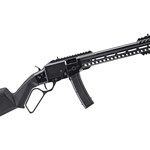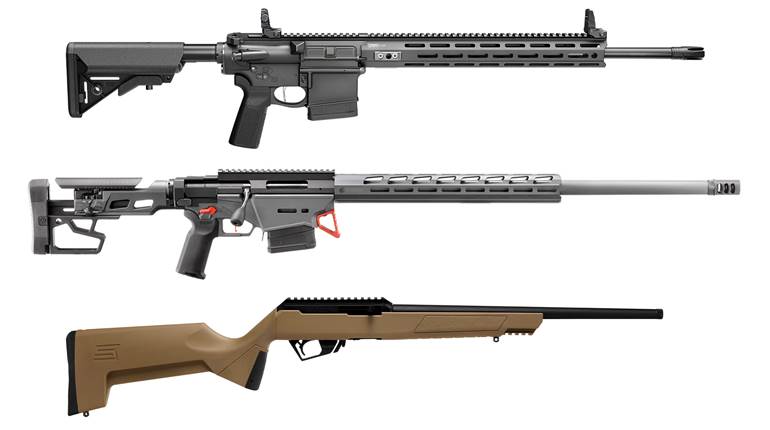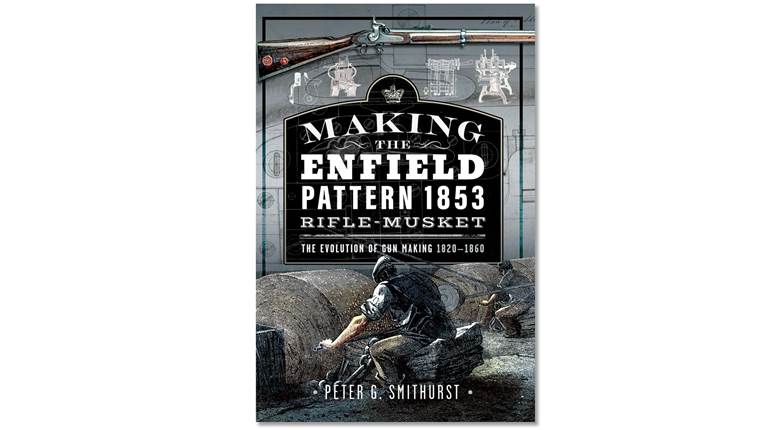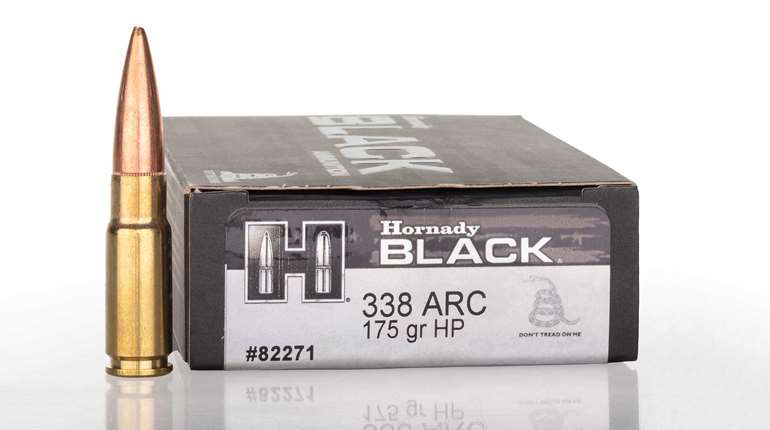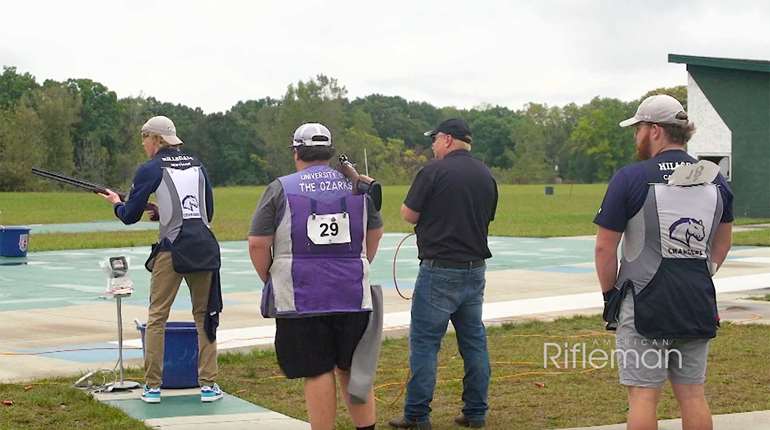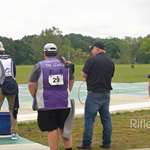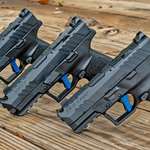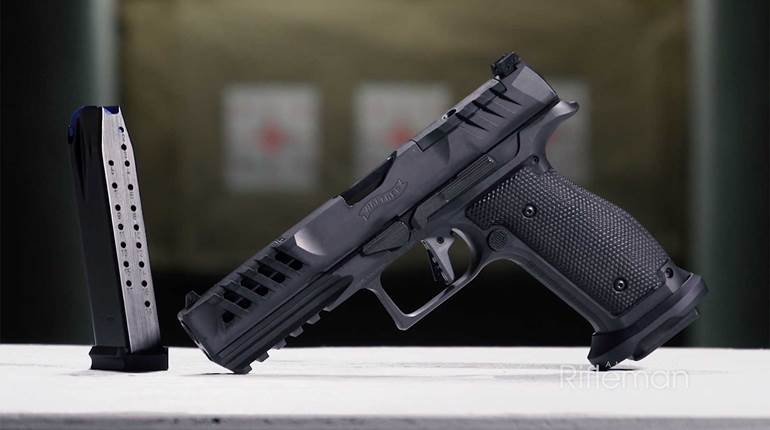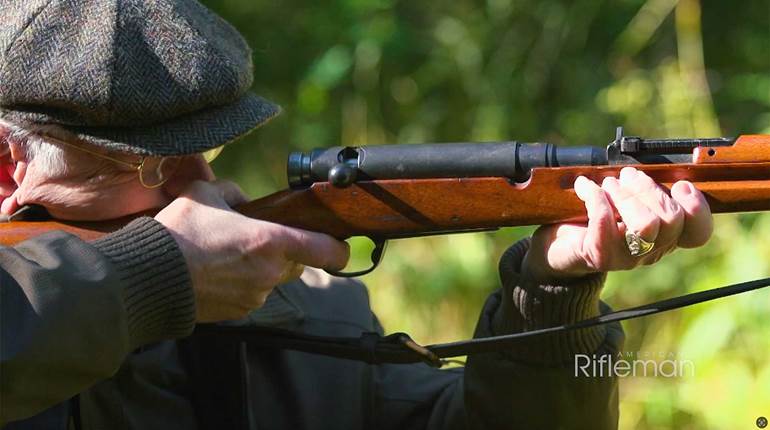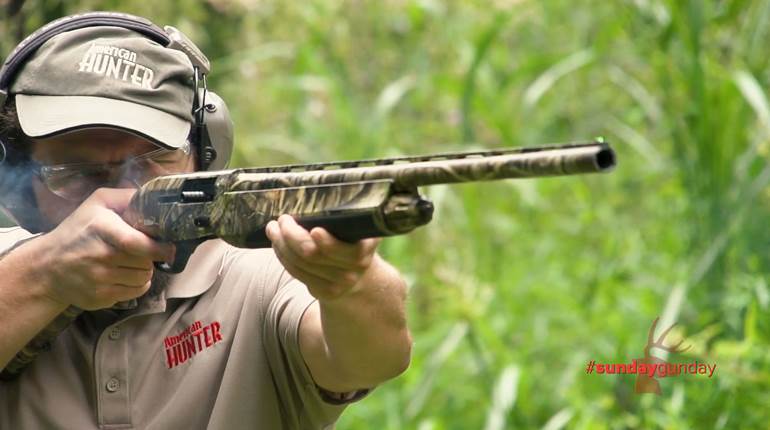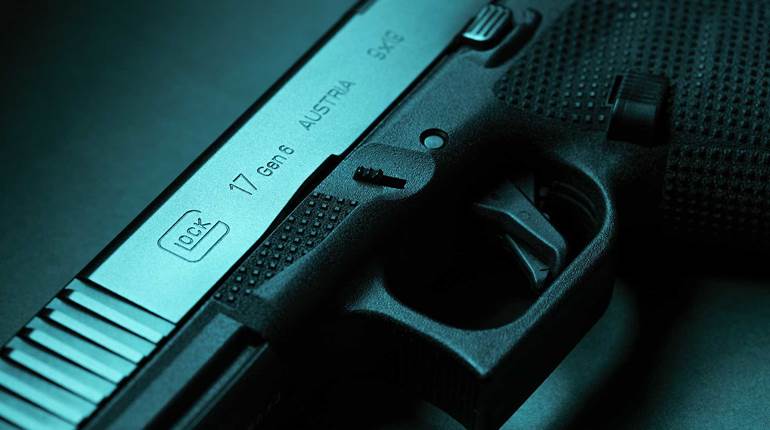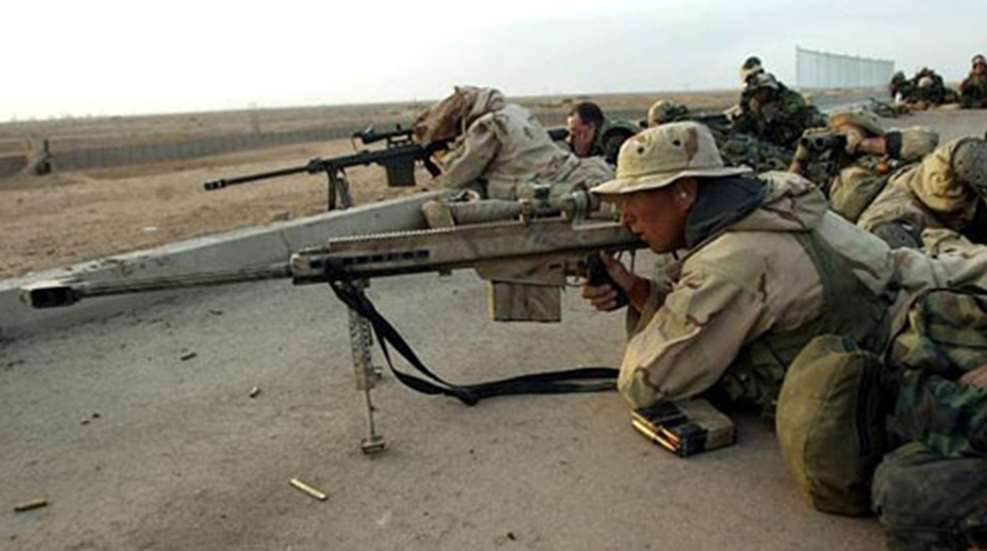
12/13/2012
Tim Johnson. Tim “California Joe” Truman. Alvin York. Carlos Hathcock. These are the names of some of America’s most well known soldiers and marksmen. And their stories are told—and told well—in an important new book by Major John L. Plaster USAR (Ret.). Known for his practical lectures and work on the subject, including "The Ultimate Sniper", John Plaster’s "The History Of Sniping And Sharpshooting" is the result of a lifetime of study and relies on more than 10,000 sources to relate the stories of the men, the arms and tactics that evolved from the introduction of rifles and sharpshooters centuries ago right up the role of the modern sniper in conflicts raging today.
Plaster doesn’t limit his focus to American sharpshooters and snipers; this book is worldwide in scope and the level of detail and depth of coverage are impressive. John’s first hand knowledge of equipment and field craft combined with his extensive research has produced one of the most complete and detailed books on military sniping.
Organized into six parts and arranged chronologically, Plaster’s book starts with the first rifleman—especially those of Daniel Morgan in the American Revolution—then moves into the sharpshooters of both sides during the American Civil War, the small wars and technological revolution that occurred from 1865 to 1914, then the development of the military sniper during World War I and World War II. He then covers the sniper of Korea and Vietnam before moving into post-Vietnam War era, Iraq and Afghanistan, and concluding with the future of the military sniper.
The book is packed with hundreds of informative sidebars ranging from the legendary “Captain Jack” of French and Indian War, to Civil War riflescopes, to Australian Billy Sing at Gallipoli, Germany’s infra-red Vampir sight of World War II, to the Barrett Rifle, to the sniper rifles used by Iraqi insurgents today. The sidebars alone would merit a book of their own, but here they are built into a very readable and comprehensive overall history.
Signed copies of "The History of Sniping And Sharpshooting" are available from the author at UltimateSniper.com, P.O. Box 100, Iron River, WI 54847; (888) 258-0626. The hardbound, 81/2”x11” 704-page book includes 895 photos or illustrations and costs $89.95 plus $12. shipping. It’s an expensive book, but worth every penny.
In checking with others with specific areas of expertise, American Rifleman’s Editor-In-Chief Mark Keefe called Plaster’s coverage of Australian, British and Canadian snipers, their equipment and tactics in World War I and World War II—an area in which he has knowledge of the arms and the historiography—“masterful and comprehensive.” He added, “The beauty of this book lies not only in its detail, but in the seamless weaving together of the evolution of the rifles, ammunition, people and tactical doctrine into a flowing narrative.”
I have studied in detail the parts of this book I was involved in during the beginning of the Marine Corps sniping program in Hawaii (1961) through Vietnam and the post-war period. This is the first time I have seen published information during these time periods to be complete and accurate.
There are many authors who have published works on sniping based on old memories or anecdotes. However, John has done his homework. Based on my personal records, reports and direct knowledge of the program, John’s information is right on the money in every respect.









